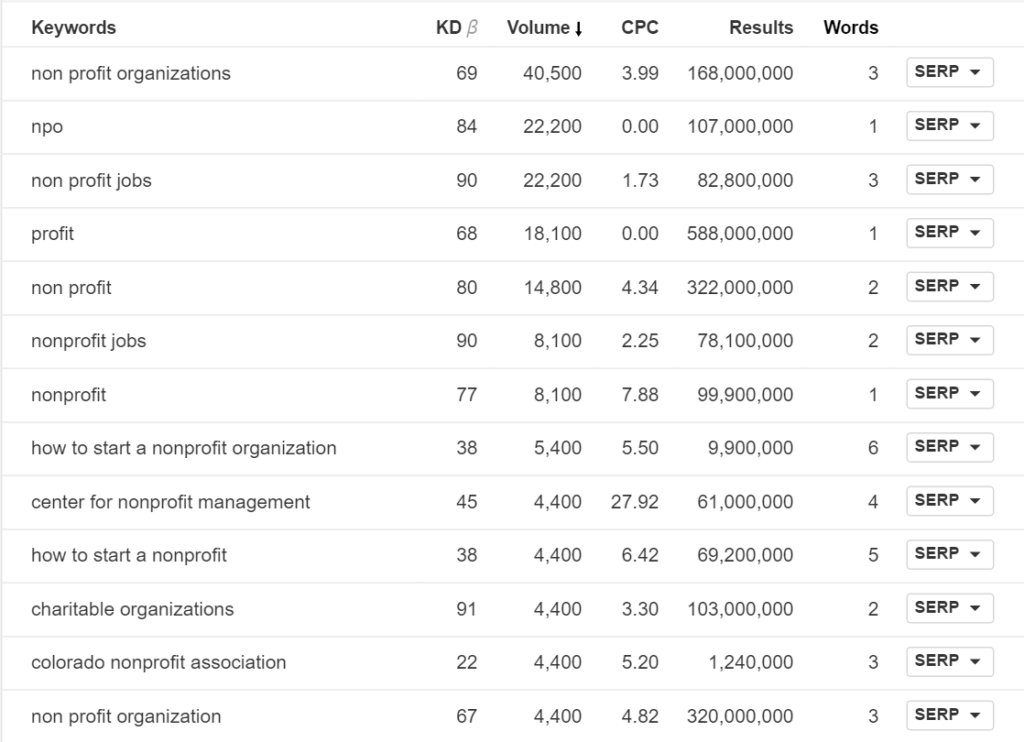Search Engine Optimization. A 3-word phrase thrown around freely by tech professionals but a daunting acronym for anyone who’s unfamiliar with it.
SEO is most broadly defined as the methods and strategies used to make webpages rank as highly as possible in search engines. And since no search engine has provided a clear-cut ranking protocol, much of what we know about SEO is speculated.
As a nonprofit organization, it can be hard to rationalize putting time and effort into learning the science of SEO when you’re not even selling a product or service. For businesses the answer is clear: you want traffic to your website so that people will buy what you’re selling.
For nonprofits, the end goal is usually to get volunteers to register and get people to click the donate button. Though your business models may look different, you need SEO to be seen nevertheless.
And what better time to start than now?
SEO can be broken down simply into two categories: on-page and off-page.
On-page SEO for nonprofits
This is mostly content optimization. This means making sure your content is clear, concise, conveys the point of your selected keywords, and stays relevant. It means your content is high-quality and backed by other quality sources.
Choosing keywords requires zooming in on the purpose of your content, determining how it will best fare in the Google world, then structuring the rest of your content around the selected keywords such that it’s consistent and true to its purpose.
There are tools and plugins you can use to make this process easy for the beginner. For selecting keywords, tools such as Ahrefs, Moz, and Google Trends are great resources to let you know which keywords have the highest volume of searches and least amount of competition. This will help you choose the right keywords to make your nonprofit website appear in Google results.
Screenshot from www.ahrefs.com
In terms of content optimization, Yoast SEO is a great place to start. The WordPress plugin provides a checklist to make sure that all of your on-page SEO is up to par. It is also the best way to learn what you need to optimize your content moving forward.
Off-page SEO for nonprofits
This is a little bit less clear-cut. This kind of SEO entails building relationships with other people/organizations in your niche. Fostering these relationships leads to opportunities to build inbound links, which is how you can spread your brand and get your name out even more. An inbound link is a reference from another page back to your website. The more links you have to your nonprofit’s website, the higher its domain authority, and therefore the higher it will rank on Google searches.
Social media is another part of off-page SEO. Using social media as an organization will draw more traffic to your pages, more awareness to your brand, and therefore more power to your SEO ranking.
Higher SEO ranking = more website traffic = more volunteers and more donations. The outcome is clear: your nonprofit benefits.
SEO for nonprofits is a growing topic, and this is just the tip of the iceberg. There are many more ranking factors, many more tools, and–with Google’s changing algorithms–always more to learn. Get in touch today to see how we can help you with your nonprofit webpage’s SEO strategy.




